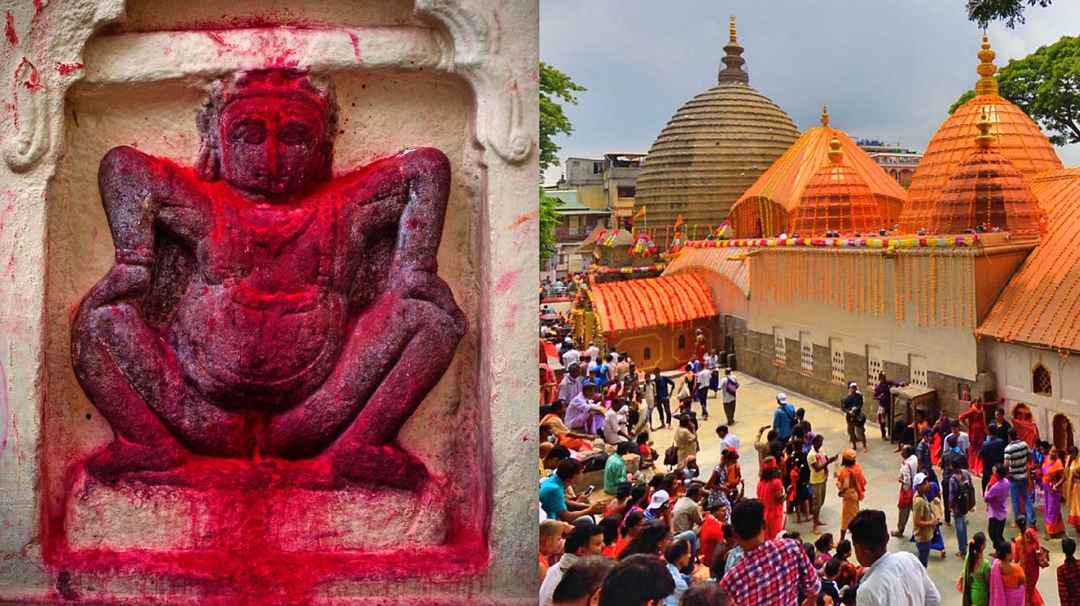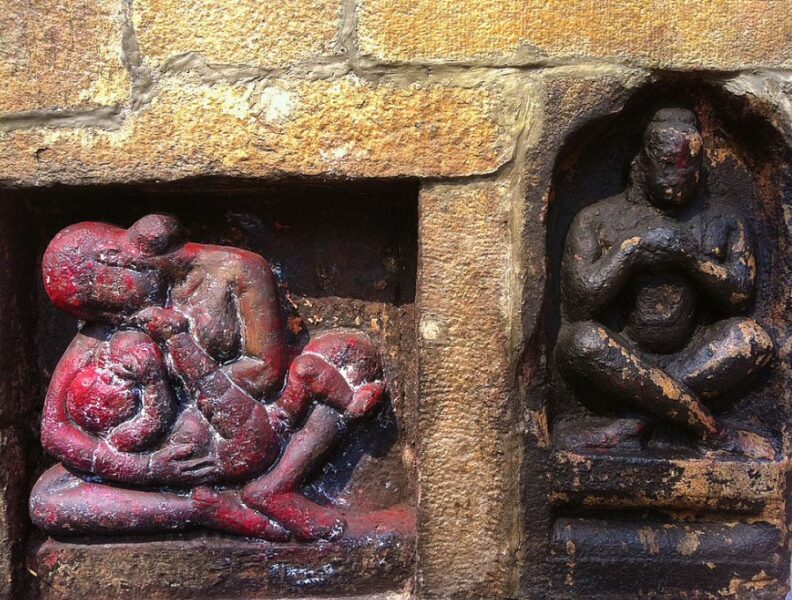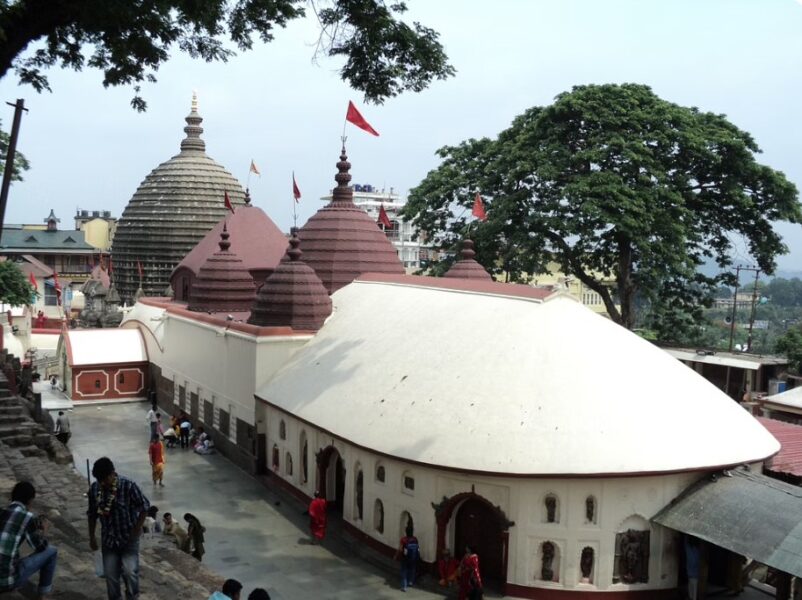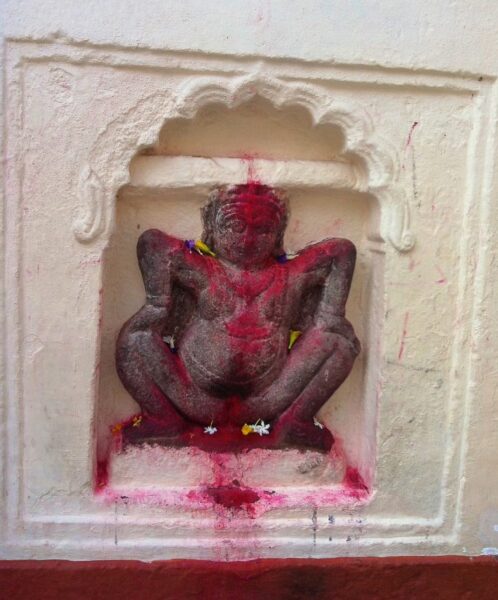

While many Indians still avoid discussing menstruation and women's problems in public, this well-worn ancient temple honors one of life's most fundamental functions. Worshipped in the capital city of Guwahati on the Nilachal hill, Kamakhya Devi, the temple's deity, is famously known as the "Bleeding Goddess."
In addition to being a well-known pilgrimage site in Assam, the Kamakhya temple is also a peculiar temple in the nation.
According to legend, the fabled womb and vagina of the Hindu goddess Shakti are kept in the temple's "Garvagriha," or sanctum sanctorum.
The Brahmaputra river at Kamakhya curiously turns red every year during the month of Ashaad (June). During this time, it is thought that the goddess "menstruates."
Contrary to the stigmatized treatment that menstruation gets everywhere else in India, here, it is celebrated as a woman's fertility.


The goddess and temple of Kamakhya are a celebration of this "shakti"—which is believed to be a woman's power to give birth—within every woman.
The history of the temple's founding is highly fascinating. It revolves arounnd the Hindu gods Shiva and Sati.
According to legend, Sati and her husband engaged in a struggle to participate in the large yajna that her father was holding to please the gods but to which none of them had been purposely invited. Sati ignored her husband's counsel and went to the yajna nonetheless, only to have her father criticise her.
The last straw was when he also disparaged Shiva. Sati jumped into the yajna's actual sacrifice fire because she couldn't take the insult any longer.
Shiva's rage had no bounds when he learned what had transpired. He went on a rampage while carrying his wife's burned body and performing his "Tandav," or dance of destruction.
Shiva was furious, and while the other gods hid in fear, it was Vishnu who sent his chakra and sliced the corpse in half to quiet the angry god.
108 spots around the nation, now referred to as Shakti peeths, are said to represent the sites where Sati's bodily parts are supposed to have fallen.
The Kamakhya temple is located in the area where her womb and vagina fell.


The Hindu god of love, Kamadeva, is the source of the name Kamakhya. According to the myth, the deity lost his vigour due to a curse and sought out Shakti's womb and genitalia.
The goddess of Kamakhya Devi was placed and is still revered as a homage to Shakti and her capacity to restore Kamadeva's power.
Shiva is said to have originally courted Sati in the area where the Kamakhya temple now stands.


Everyone needs to understand the progressive perspective the Kamakhya temple exemplifies—that of honoring womanhood—in a nation that still maintains its antiquated view of menstruation as impure and horrifying.
Yoni, or the female genitalia of the goddess found in the cave's corner, is the center of worship even though there isn't an image of Shakti in the entire temple complex.
Read Also: What to grow in your terrace Garden in India






